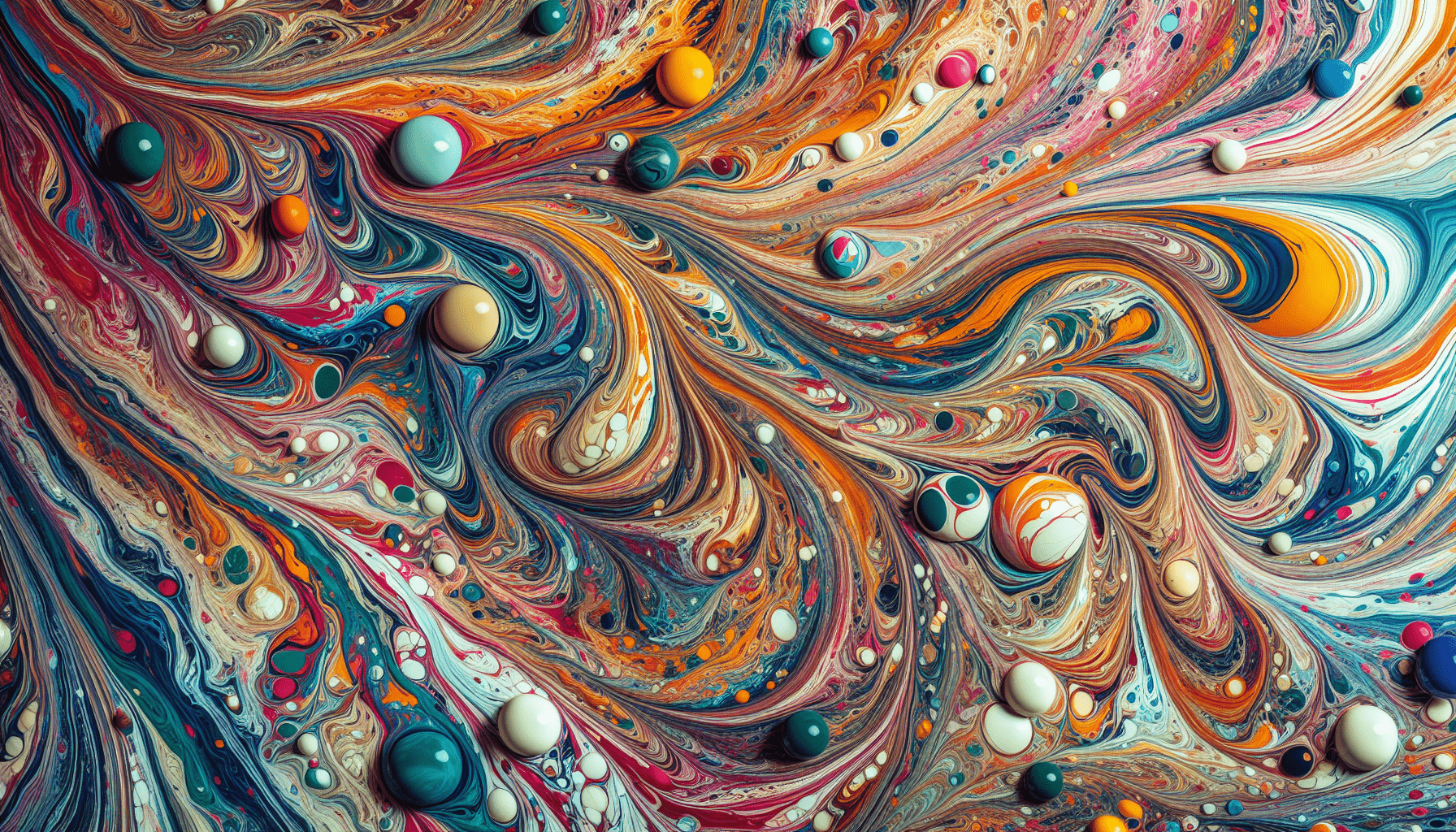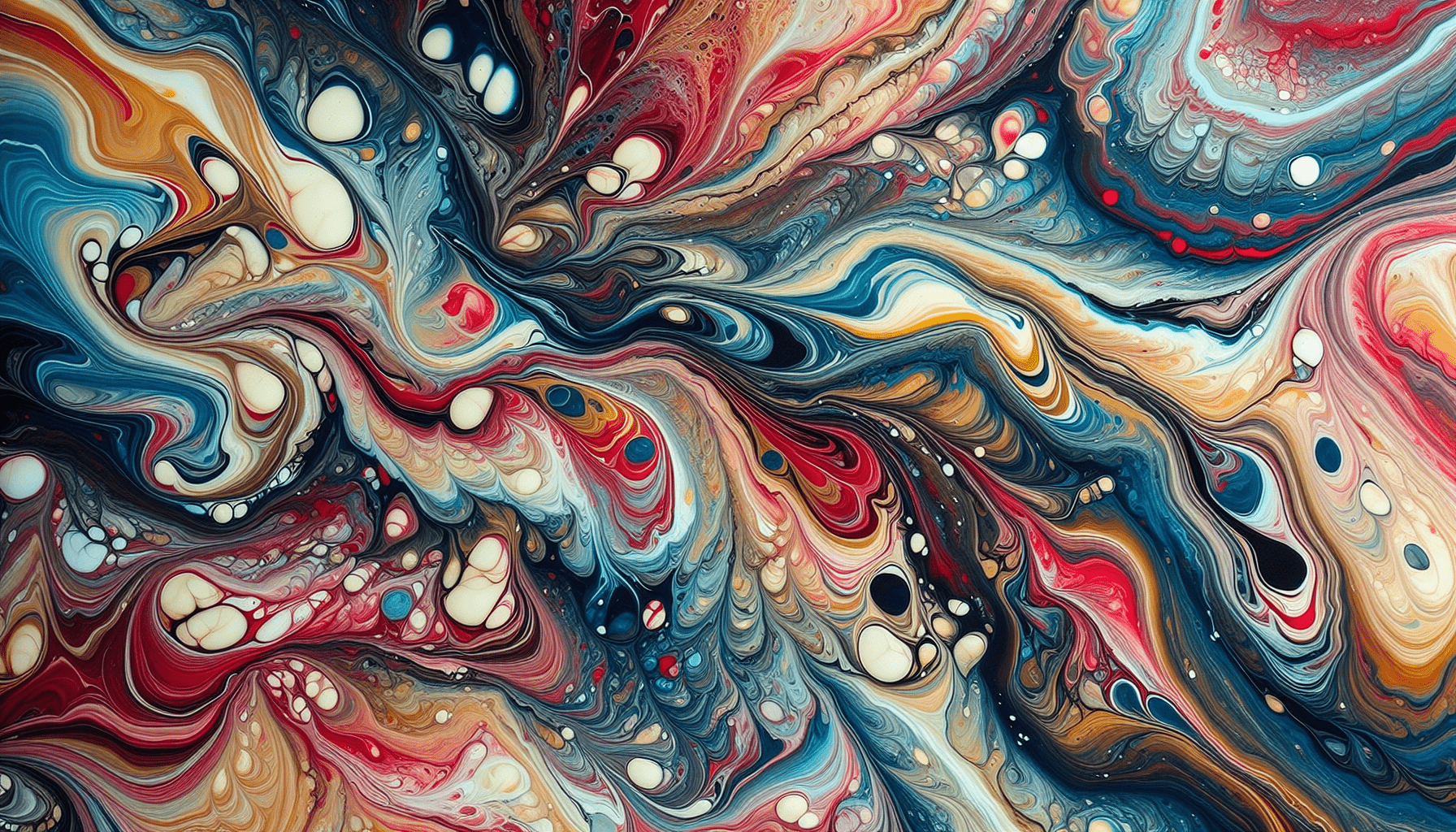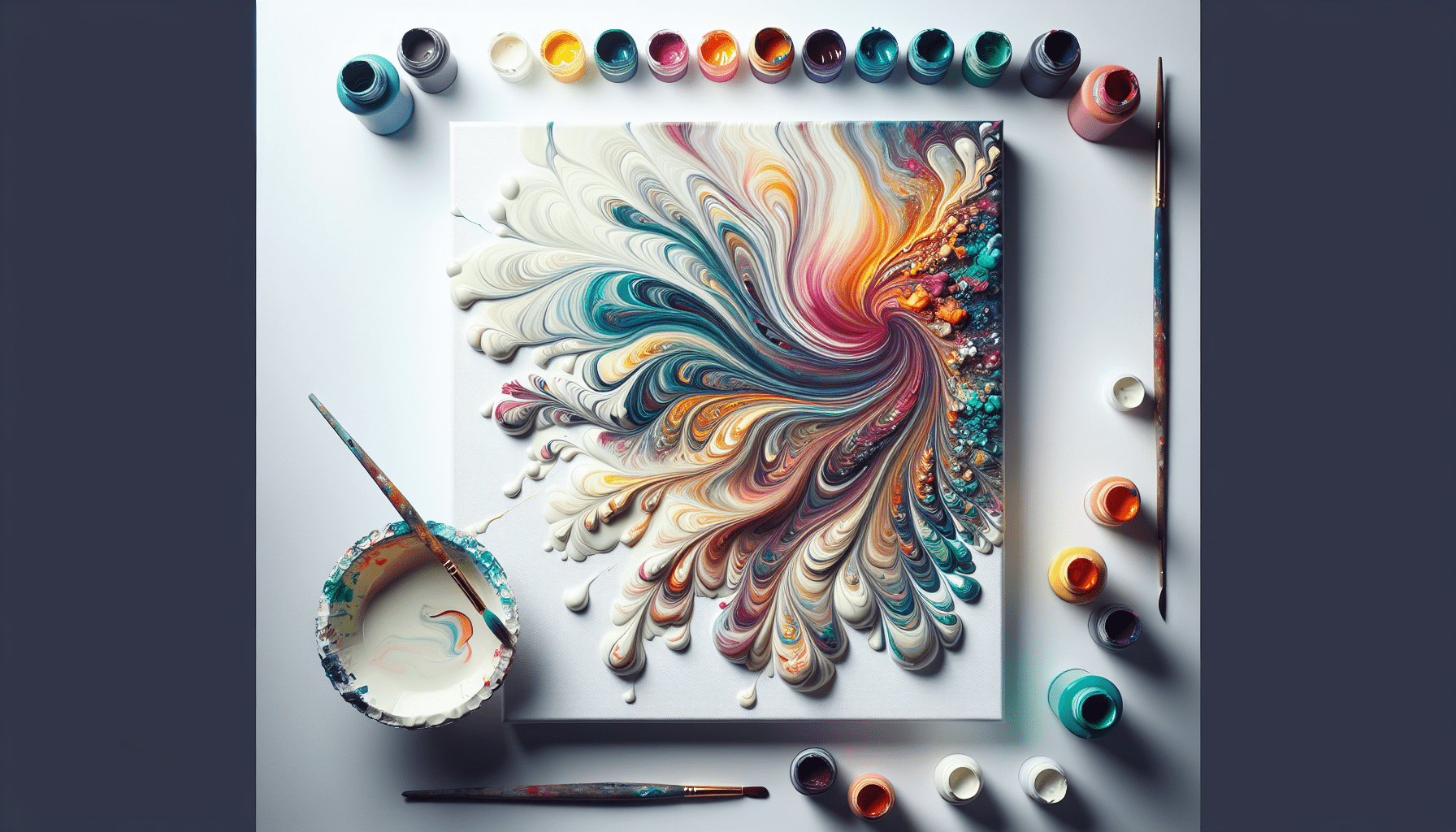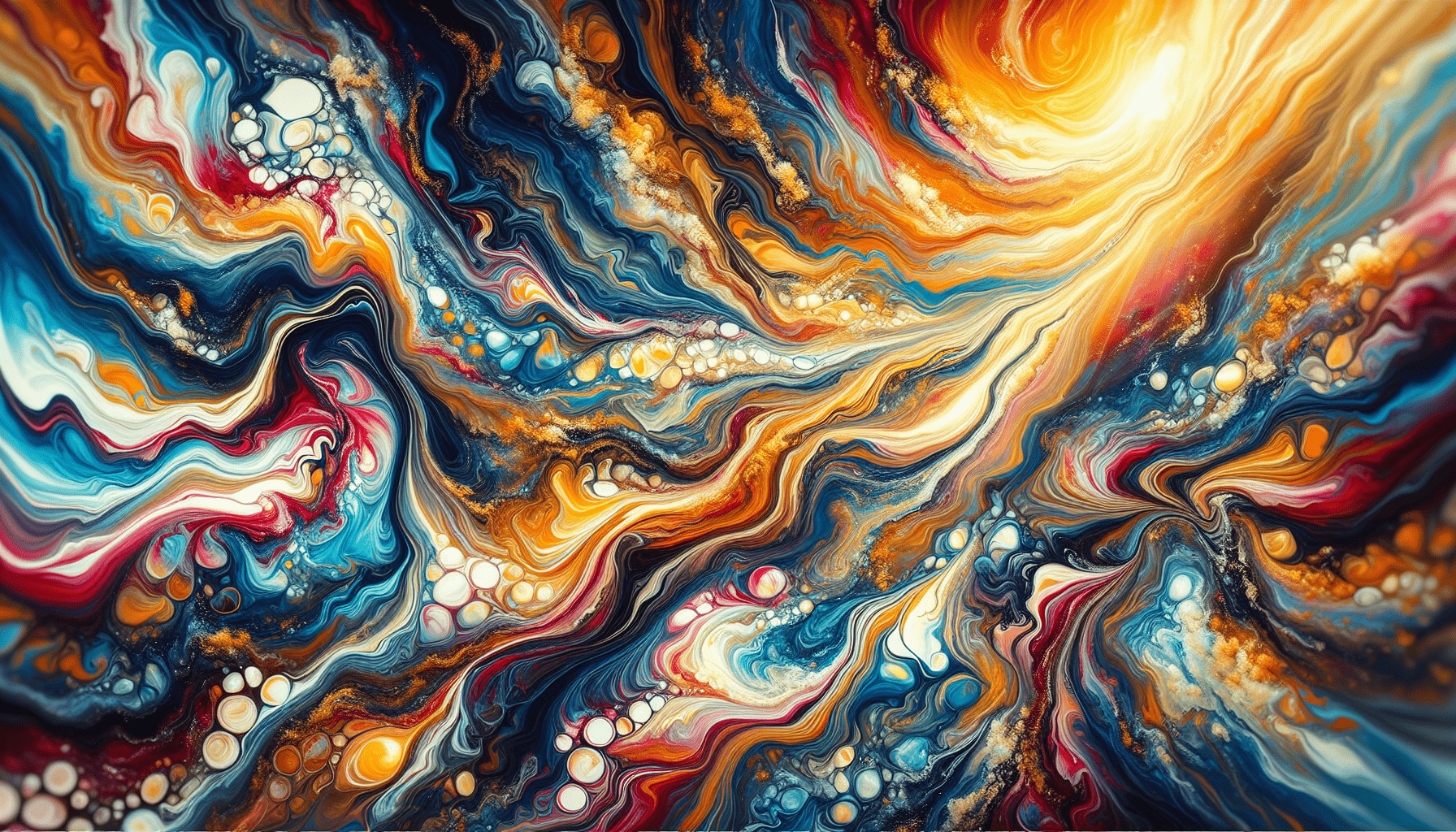Have you ever wondered about the type of paint used for marbling and what makes it different from other painting methods? The fascinating art technique of marbling involves creating intricate patterns that resemble the veins of marble stone. Originating centuries ago, marbling has been used for bookbinding, decor, and other artistic purposes. This article will guide you through the unique requirements of paints used in marbling, offering insights to both beginners and seasoned artists.
Understanding Marbling Art
A Brief Introduction to Marbling
Marbling art is a mesmerizing process that involves floating paints on a liquid medium and then transferring the pattern onto paper, fabric, or another surface. The origins of this art form date back to ancient times, with evidence of its practice found in different cultures across the world, especially in Turkey and Japan. What makes marbling unique is the element of surprise; no two marbled pieces are alike.
Key Characteristics of Marbling
When it comes to marbling, understanding the key characteristics that define this art form is crucial. Marbling is distinguished by its vivid patterns and the free-flowing nature of colors on a fluid surface. The technique requires a smooth flow of paint and a medium that allows the colors to spread efficiently and blend into beautiful patterns.
Types of Paint Used in Marbling
Traditional Marbling Paints
Traditionally, marbling has employed specific types of paint that have been tailored to suit the requirements of this art. Historically, natural and mineral-based pigments were used, usually mixed with ox gall—a natural wetting agent that helps the paint spread evenly on the surface of the water. These traditional paints are renowned for their durability and vibrant finish.
Modern Paints for Marbling
In contemporary marbling, a variety of paints have become popular due to their ease of use and availability. These include acrylic paints, oil paints, and watercolor paints. The choice of paint significantly impacts the resulting artwork, and each type has its own set of advantages and limitations.
Acrylic Paints
Acrylic paints are widely used in marbling because they are versatile and come in a plethora of colors. They have a quick drying time and offer good adhesion to various substrates. When used for marbling, acrylic paints require the addition of a surfactant or a dispersing agent to aid in the spreading of the paint on the marbling medium.
Oil Paints
Oil paints provide a different marbling experience due to their dense composition and slower drying times. This characteristic allows artists more time to manipulate the paints for the desired effect. However, oil marbling requires careful preparation, as excess oil can hinder proper adhesion to the surface.
Watercolor Paints
Watercolors can produce delicate and subtle marbling effects. They are easier to handle for beginners, yet may require higher precision in application to maintain vibrancy. However, watercolors might not be the first choice for marbling fabrics due to potential issues with washability and colorfastness.
Comparison of Paint Types
To help you decide which type of paint may be best suited for your marbling project, here’s a comparison table highlighting their attributes:
| Paint Type | Advantages | Limitations |
|---|---|---|
| Acrylic | Versatile, fast-drying, vibrant | May need surfactants, quick drying can limit working time |
| Oil | Rich texture, slow drying allows manipulation | Requires careful handling, oily residue |
| Watercolor | Subtle effects, easy for beginners | Less vibrant on certain surfaces, not always permanent |
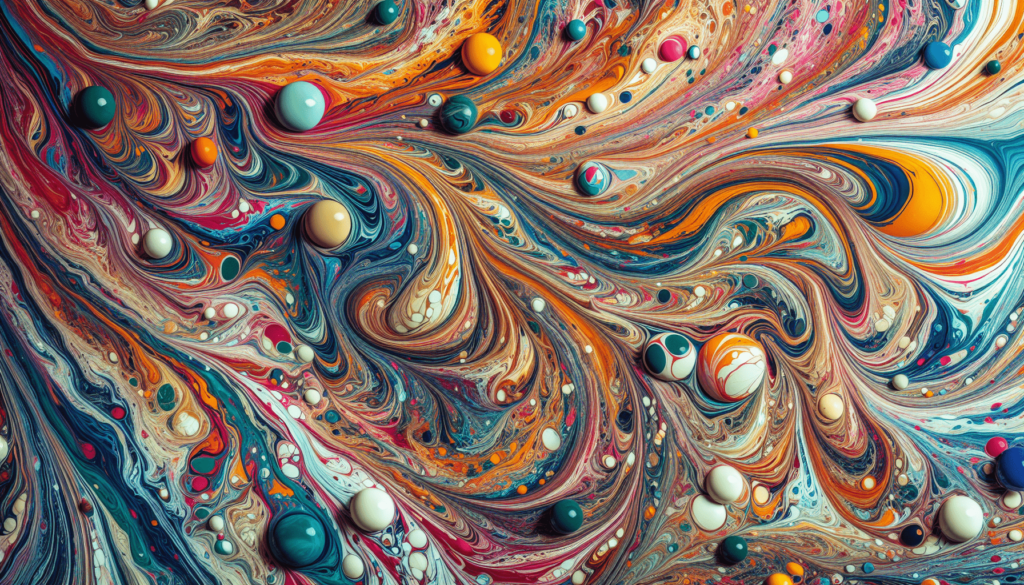
Essential Factors in Choosing Paint for Marbling
Viscosity and Consistency
One of the most critical factors when selecting paint for marbling is its viscosity. Paints should be neither too thick nor too thin. A balanced consistency will ensure smooth flow over the marbling medium and allow for intricate pattern creation.
Colorfastness and Permanence
Ensuring that the colors remain vibrant over time is another important consideration. Knowing how well the paint withstands external factors like light and humidity will affect the longevity of your artwork.
Interaction with Marbling Medium
Paint must interact well with the marbling medium, allowing it to spread and float without sinking too quickly. Testing different paint and medium combinations can help achieve the best results.
Preparing Paints for Marbling
Adjusting Paint Consistency
To prepare paint for marbling, diluting it to an optimal consistency is essential. This can be achieved through the careful addition of water, flow improvers, or other thinning agents, depending on the paint type.
Using Surfactants and Additives
Surfactants like ox gall or commercially available dispersants are commonly used to help paints spread more evenly. Additionally, additives such as pouring mediums can provide enhanced control over paint flow.
Testing and Experimentation
Before starting a full marbling session, you should conduct test runs. Testing paint and medium combinations on a small scale can help identify any issues and allows adjustments for achieving the ideal marbling effect.
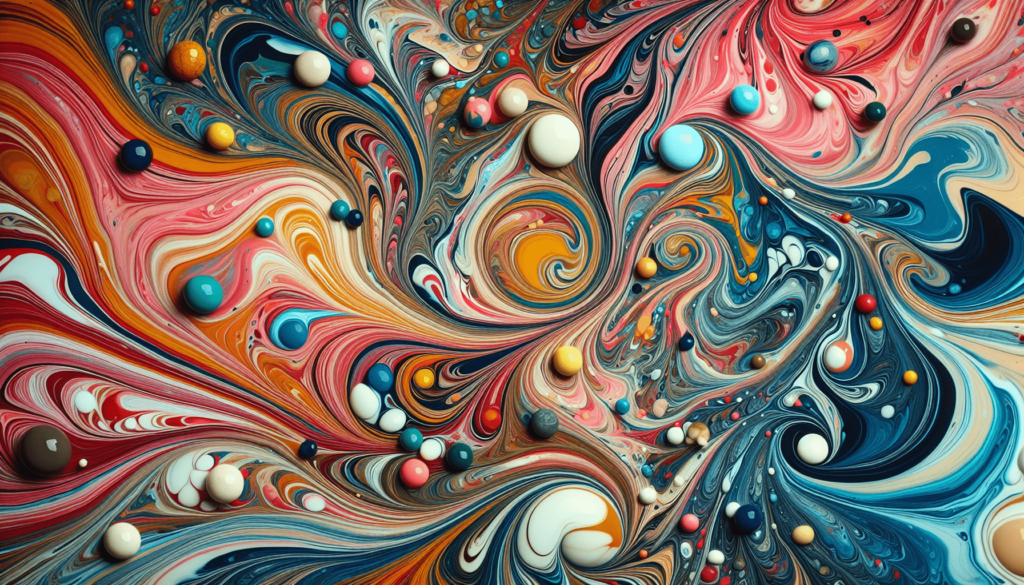
Surface Preparation for Marbling
Selecting Suitable Surfaces
The surface you choose for marbling can significantly impact the final result. Popular surfaces include paper, fabric, wood, and even ceramics. Each substrate requires specific preparation to ensure proper adhesion of the paint.
Treating the Surface
To ensure better paint adhesion, treating the surface with a mordant or a primer may be necessary. For instance, paper often needs to be alum-treated to absorb the marbling paint adequately.
Drying and Finishing
Once the marbling is complete, it is crucial to let your artwork dry thoroughly. Proper drying ensures that the patterns are fixed and prevents smudging or spreading during subsequent handling.
Advanced Techniques and Effects in Marbling
Creating Complex Patterns
Techniques such as combing, swirling, and raking are often employed to create complex marbling patterns. Mastering these techniques requires practice but significantly enhances the artistic potential of your work.
Using Metallic and Specialized Paints
Incorporating metallic paints and other specialized paints can add unique dimensions to your marbling creations. These paints can provide different textures and reflective properties, adding depth to patterns.
Layering and Multi-color Marbling
Layering paints or using multiple colors can create rich, dynamic effects. Precision in color application and strategic layering leads to a more vibrant and sophisticated look.
Troubleshooting Common Marbling Challenges
Paint Sinking or Not Spreading
One common issue is paint sinking or not spreading adequately on the marbling medium. This can be due to incorrect paint viscosity or an incompatible medium. Adjusting the thickness of the paint or experimenting with different surfactants may solve this problem.
Inconsistent Patterns
Inconsistent patterns may arise from uneven paint application or undisturbed marbling medium. Proper mix preparation and a steady application technique can yield more consistent results.
Paint Adherence Issues
Paint might not adhere well if the surface is inadequately prepared or the paint is too diluted. Ensuring the correct balance of paint and medium, along with preparing the surface effectively, can alleviate adherence problems.
Conclusion
Choosing the right paint for marbling is crucial to achieving the desired artistic results. From traditional to modern paint options, each type offers unique characteristics and potential. Understanding these characteristics and how they interact with the marbling medium allows you to manipulate paint for stunning visual effects. With proper preparation and technique, you can create beautiful marbled artworks that stand the test of time.
